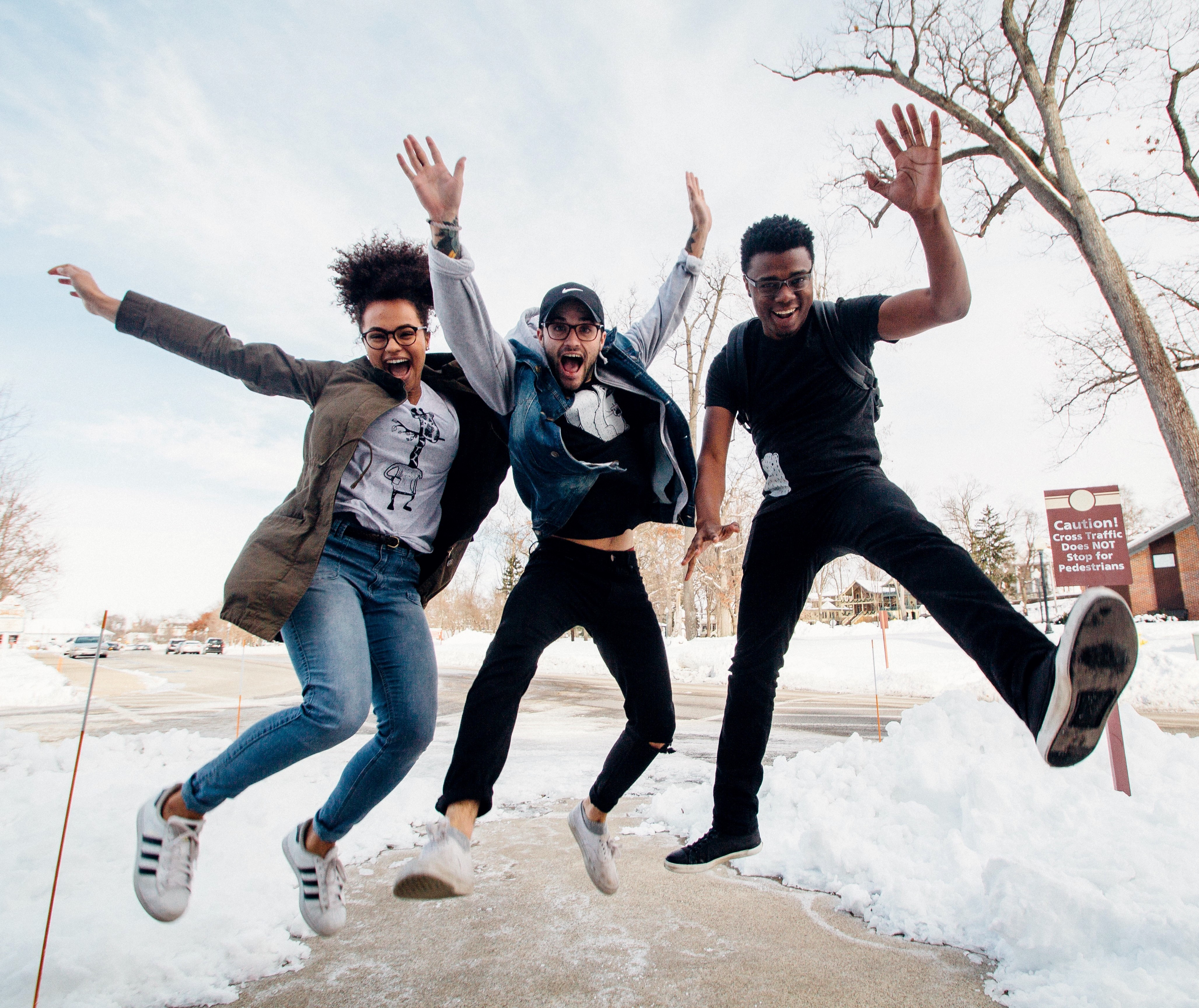Winter Self-care, Hygge and Friluftsliv

The first day of Spring is near, but remains a month away. During Winter, individuals tend to spend more time inside and even to detach from their normal activities, a type of “hibernation” that can worsen depression. Fewer hours of daylight and less sunshine lead to the production of more melatonin and smaller amounts of serotonin, increasing drowsiness and potentially worsening overall mood, depression and anxiety.
It is estimated that approximately 5 percent of the population experiences Seasonal Affective Disorder (SAD), a severe form of depression that typically starts in late Fall or early Winter and dissipates by Summer. SAD is diagnosed four times more often in women than men and is more likely in teens and young adults, those who suffer from clinical depression, and individuals with a family history of depression.
Ideas for practicing Winter self-care include:
- Curling up with a book, a mug of hot chocolate and a blanket.;
- Discovering your favorite Winter scent by buying a candle, trying a new shower gel or using an essential oil diffuser. (The following essential oils are believed to help lessen the symptoms of depression: bergamot, chamomile, clary sage, lavender, lemon, neroli and rose.);
- Baking or making something warm like muffins, a pie, soup or chili.;
- Splurging on a new item of winter clothing, such as a scarf, gloves or fuzzy socks. The softer and cozier, the better.;
- Replacing your existing alarm with a dawn simulator, which wakes you up by gradually raising light intensity over 30 to 60 minutes.; and
- Volunteering at or donating to Hypothermia Shelters, which are hosted by dozens of faith communities throughout Fairfax County and provide the homeless with a place to sleep, meals, transportation and often coats and other warm clothing.
Consider embracing the Scandinavian concepts of hygge (hoo-gah), creating well-being through a warm, cozy atmosphere, and friluftsliv (free-loofts-liv), going outside to enjoy and embrace the cold. Neither necessarily requires physical activity. Through hygge, individuals belong to and dwell in the moment rather than rushing through life and savor instead of spending. Examples of hygge include having a simple meal with friends, using candles and not lamps for the evening, or playing board games. In the spirit of friluftsliv, British guidebook author Alfred Wainwright observed, “There’s no such thing as as bad weather, only unsuitable clothing.” Besides skiing, winter can be a perfect time to play touch football with friends or explore the neighborhoods of Washington, D.C. Both hygge and friluftsliv are concerned with feeling comforted, safe, sheltered and warm and experiencing contentment and social connection.
Establishing and maintaining a regular schedule of eating, engaging in physical activity and sleeping is particularly important in the Winter when normal circadian rhythms can be disrupted. If you are lethargic or fatigued, finding it hard to be around others, having difficulty concentrating or remembering things and/or craving carbohydrates, it truly may be related to the season. There are numerous ways to have a healthy and happy Winter!